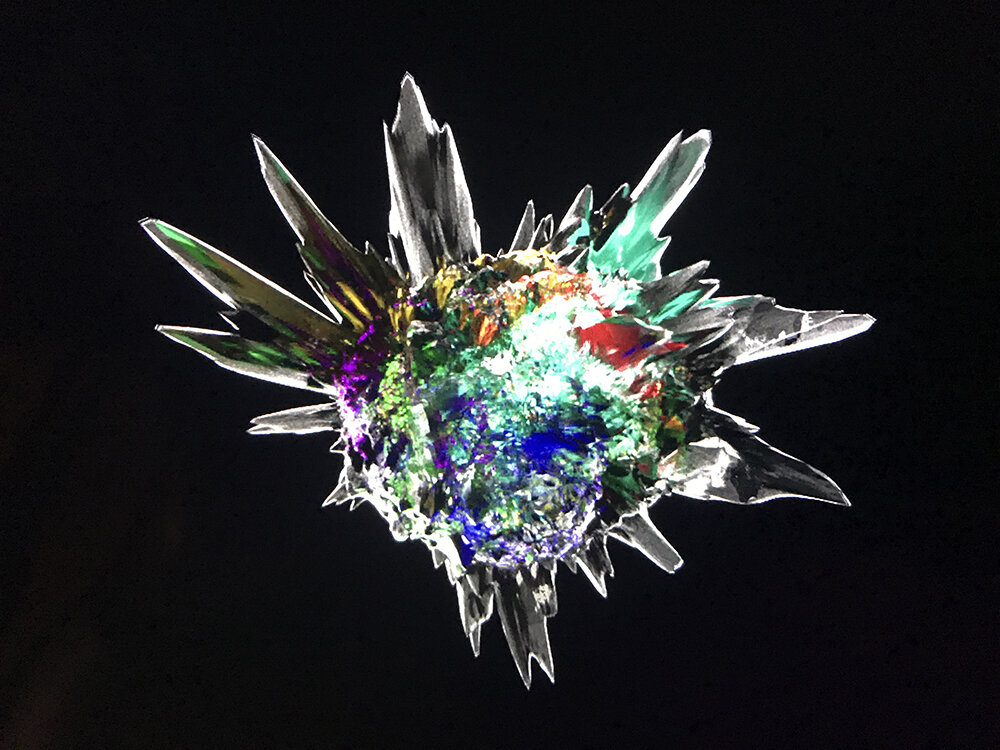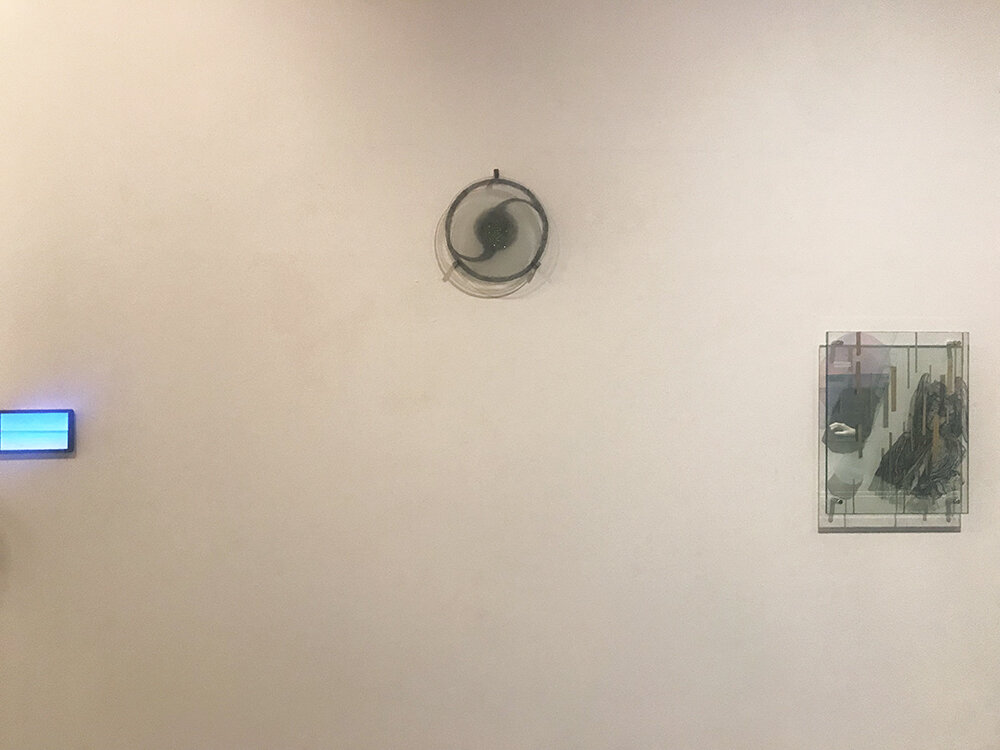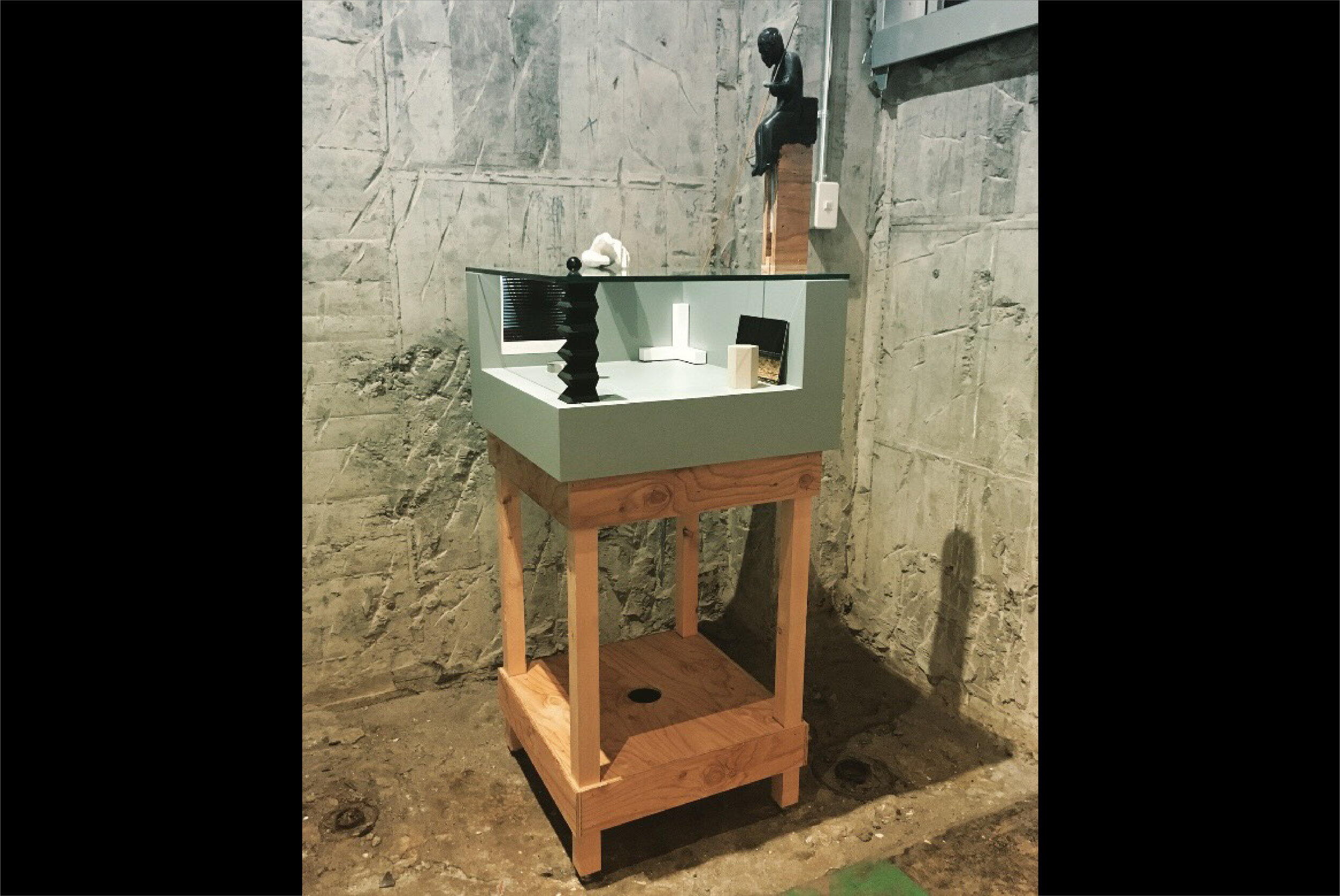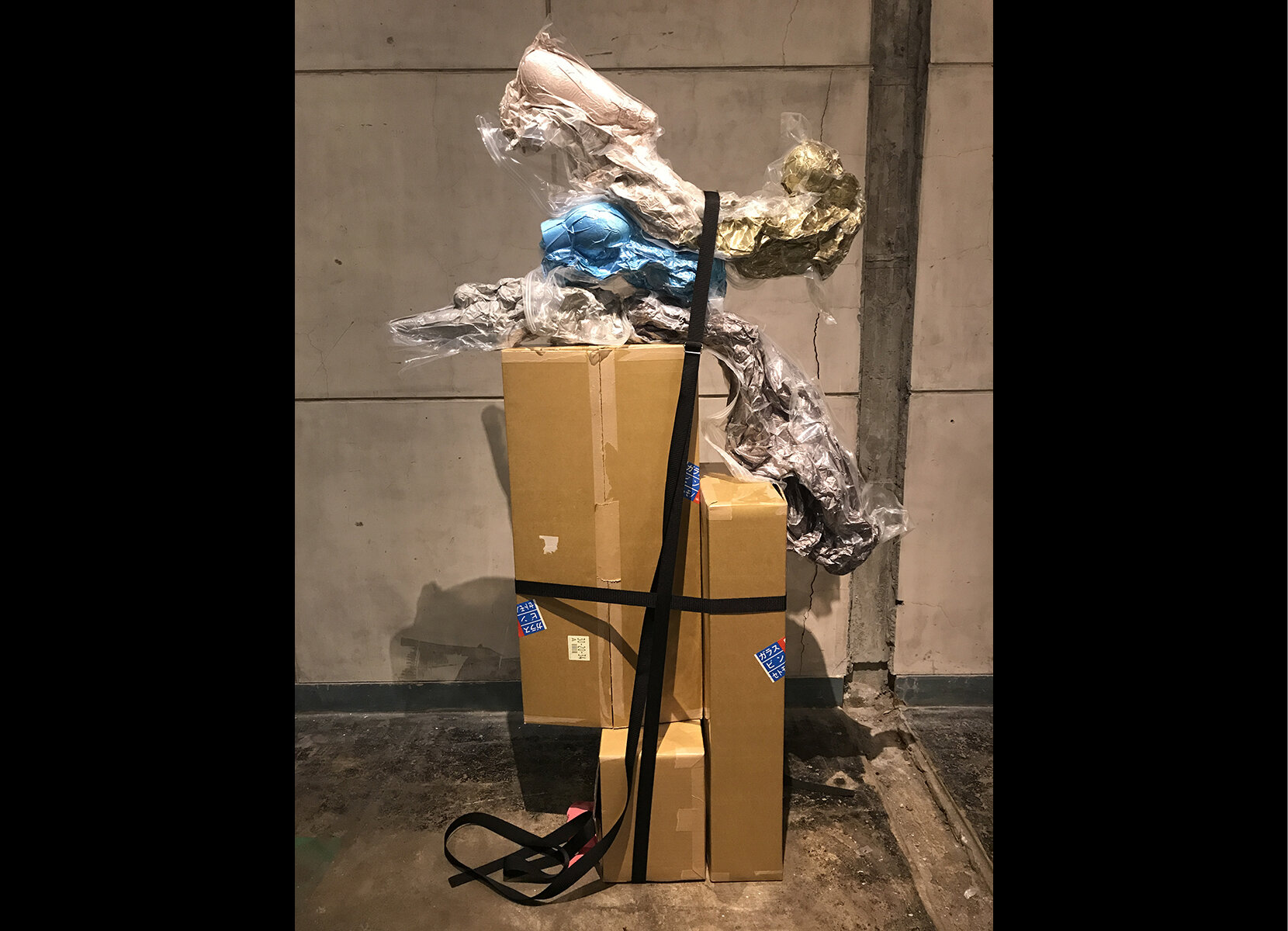“Melancholia”
7/6/2019 - 7/15/2019 at BUoY, Tokyo
http://buoy.or.jp/archives/program/melancholia
Angels of Melancholy
Depression is a common word in our modern society, however, people often don’t
consider the full meaning behind the word. This may be because it is too close to our
life and also causes sufferings for people, so it can be regarded as an issue best
glossed over. The term “Melancholy”, which originated in Europe, can be translated into
Japanese as 鬱(utsu). Melancholy once encompassed many meanings but when
translated 鬱(utsu), the thoughts and histories associated with the term are condensed,
leaving only the psychopathological or negative sense of the word. Melancholia derives
from “Black bile” in Ancient Greek ( from μέλας “melas”, that means dark, black, and
χολή “khole”, that means bile).
Since ancient times and until the early 19th century, the medical theory of Humorism
was the dominant theory. Humorism was built upon the idea of the four elements; Fire,
Water, Air, and Earth. The philosophies behind Humorism were widely believed among
people in Europe, especially amongst the analytical and psychology fields. It was
commonly believed at the time that if the quantity of “black bile” increased within the
human body, a person could fall into a state of melancholy. It was thought amongst
scientific philosophers that this “black bile” was directly influenced by Saturn and the
main cause of melancholia. These medical ideas today don’t hold true but if you once
see the presence of melancholy through our long history, you can realise that humanity
has always sought to explain this phenomenon. With this exhibition, our intention is to
dare to enlighten the darkness within “Melancholia”.
Included in the exhibition is an engraving by Albrecht Dürer titled “Melancholia Ⅰ”.
Within the engraving an angel appears to be oppressed with ennui, resting her cheek on
her hand. She is surrounded by a gloomy cupid, an emaciated dog, and various objects
scattered on the ground. At a glance, it is hard to understand how these objects relate
to each other within the context of this image. Visually all of the elements within are
drawn as if they are dead, dull tones, however, the angel’s eyes are set in contrast,
providing the only true white within the image. Only her keen look is lively and appears
to be staring into something deeply. It raises the viewer's curiosity as to what she is
looking at so intently.
In “On the concept of History” by Walter Benjamin, he mentions one of Paul Klee’s
angel paintings, “Angelus Novus”. Within the painting, Walter Benjamin contemplates
the angel staring at a large amount of debris. Benjamin theorised that a male angel
appears to be reviving things that have been forgotten or abandoned. But when he
does, he always gets strong winds on his wings and is blown away to the future. The
angel of “Melancholia Ⅰ” and “Angelus Novus”, might be the same being but appearing
through different forms and time periods. The things which have disappeared within our
history, abandoned, defeated, not chosen, not adopted, in fact could be the essential
components of “Melancholy”. It is thought that angels try to revive things which have
passed outside of our world, even though physically we are still waiting to see evidence
of this. However the angels may also not act upon this, but merely keep an eye on all of
us. In life, we constantly choose between something which is kept or discard things
which are not needed any longer. Yet we should act like the angels and consider the
love for that which is non-existent. This action is the very origin of creation.
メランコリーの天使たち
鬱は現代において、誰にとっても身近な言葉である。だが、あまりに身近すぎることと、苦し
いものであるがゆえに、それ自体について考えることはあまりない。西洋から輸入された「メ
ランコリー」という言葉は日本語では「鬱」と訳される。この「メランコリー」という言葉は
本来、様々な意味が含まれていた。日本語の「鬱」という言葉に翻訳されたとき、そこにあっ
た思想や歴史が消え去ってしまい、今では精神病理学的で否定的な意味合いしか残っていな
い。
「メランコリア」という言葉は古代ギリシア語の「黒い胆汁」という言葉に由来する。
[μέλας: “melas” “黒い”, χολή: “khole” “胆汁”]
古代から近代19世紀くらいまで、四体液説という四大元素をもとにした思想が西洋の病理学や
心理学の分野で信じられていた。この”黒い胆汁”が過剰であると憂鬱質になるとされ、またその
黒胆汁は土星の影響を受けていると考えられていた。現代の私たちからすると、突拍子もない
ことのように聞こえるかもしれない。だが、メランコリーの歴史を紐解いてみると、私たち人
類はつねに”憂鬱”を持ち続け、それに悩まされると同時に惹きつけられていたことが窺い知れ
る。
今回の私たちのグループ展示では、”メランコリー”という闇に光をあてようとする行為である。
アルブレヒト・デューラーの作品のなかに『メランコリアⅠ』という版画がある。1人の天使が
頬杖をついて何か物思いにふけっている様子である。その周りにはクピド、痩せた犬、雑然と
した物が転がっている。一見、それらが何を意図しているのか読み解き難く、すべてが死んでし
まったかのような絵の中で唯一、天使の鋭い眼差しだけが生気を帯びている。天使は一体何を
見ているのだろうか。
ヴァルター・ベンヤミンの『歴史の概念について』のなかの天使が眼差していた瓦礫の山。彼
は、忘れ去られ、打ち砕かれたものを蘇生させようとするが、強い強風にあおられ、未来の方
へと吹き飛ばされてしまう。『メランコリアⅠ』の天使とパウル・クレーの『新しい天使』は
もしかしたら同じものが時と姿をかえて表われ出たものなのかもしれない。
この歴史から忘れ去られ、打ち捨てられ死んだもの、選ばれなかったものたち、これこそがメ
ランコリーの正体である。天使たちは死んだものを蘇生させようと試みるが、それは未だ成し
遂げられていない。天使たちは行為するものではなく、眼差し、見届ける存在なのかもしれな
い。
私たちはときに選択を迫られ、取捨し、不要と思われるものは切り捨てていく。存在し得たか
もしれないが、できなかったもの。それらを志向し、愛すことこそが創造の根源ではないだろ
うか。
私たちは天使たちに代わって、行為しなけらばならない。







